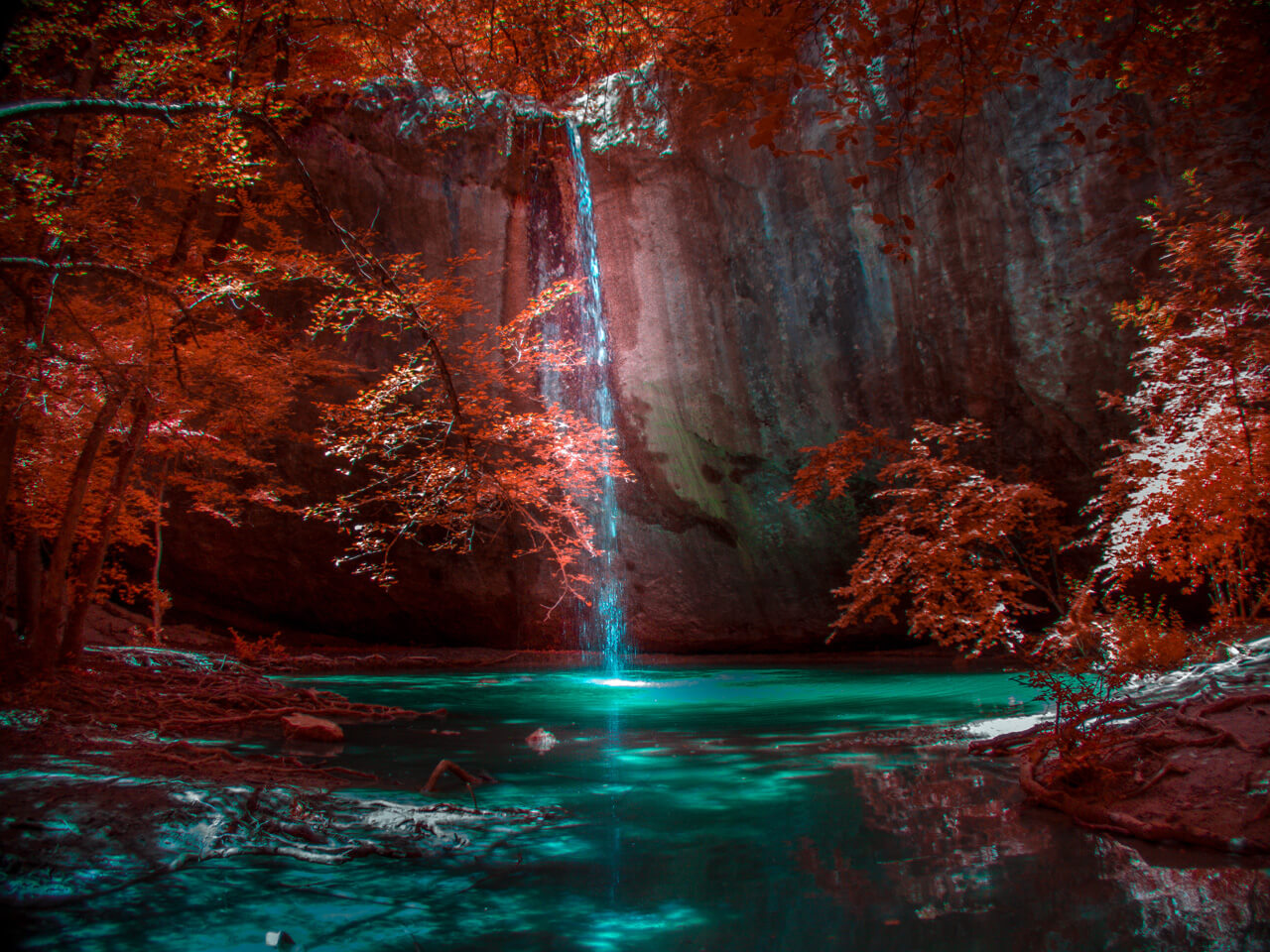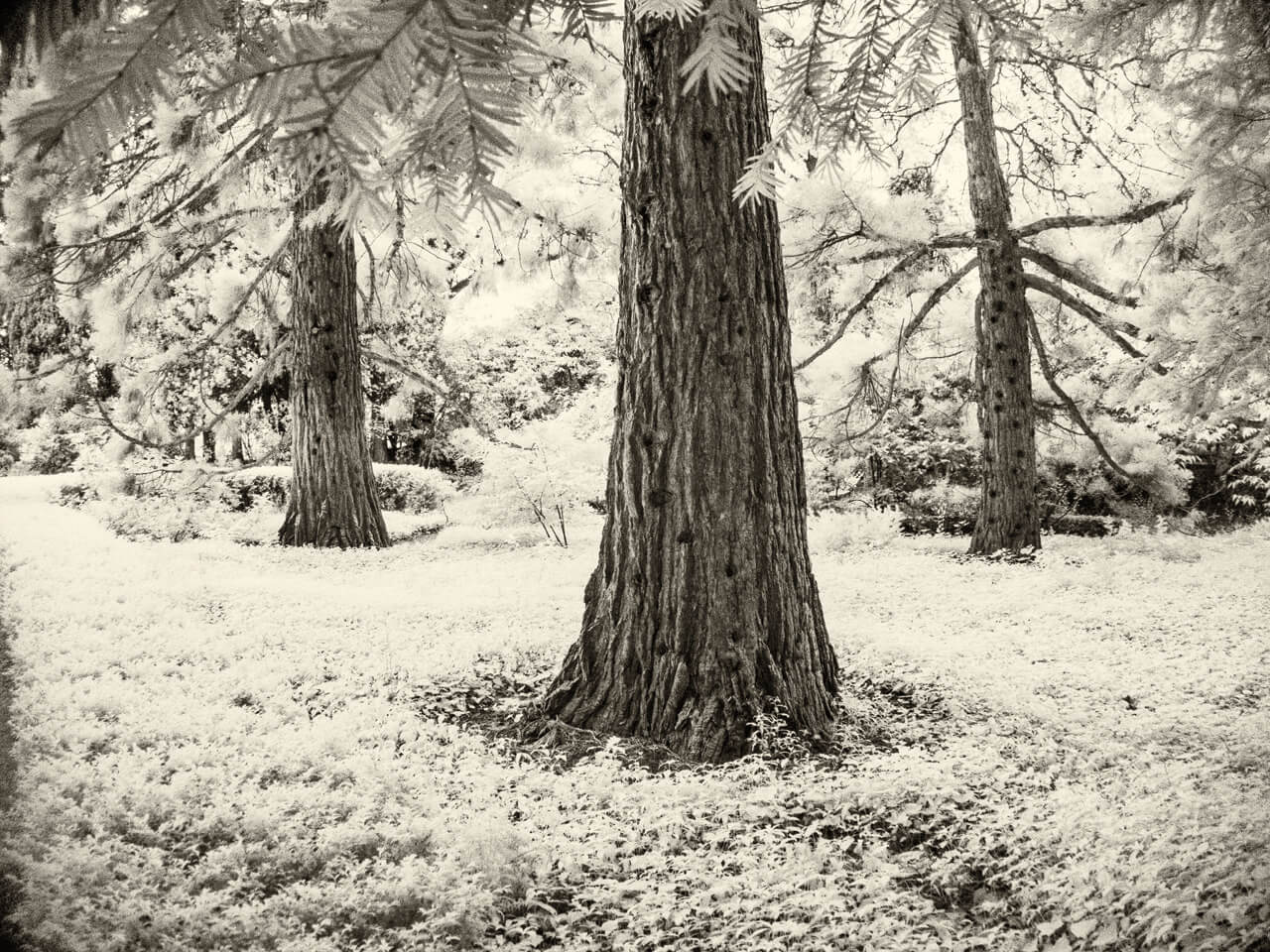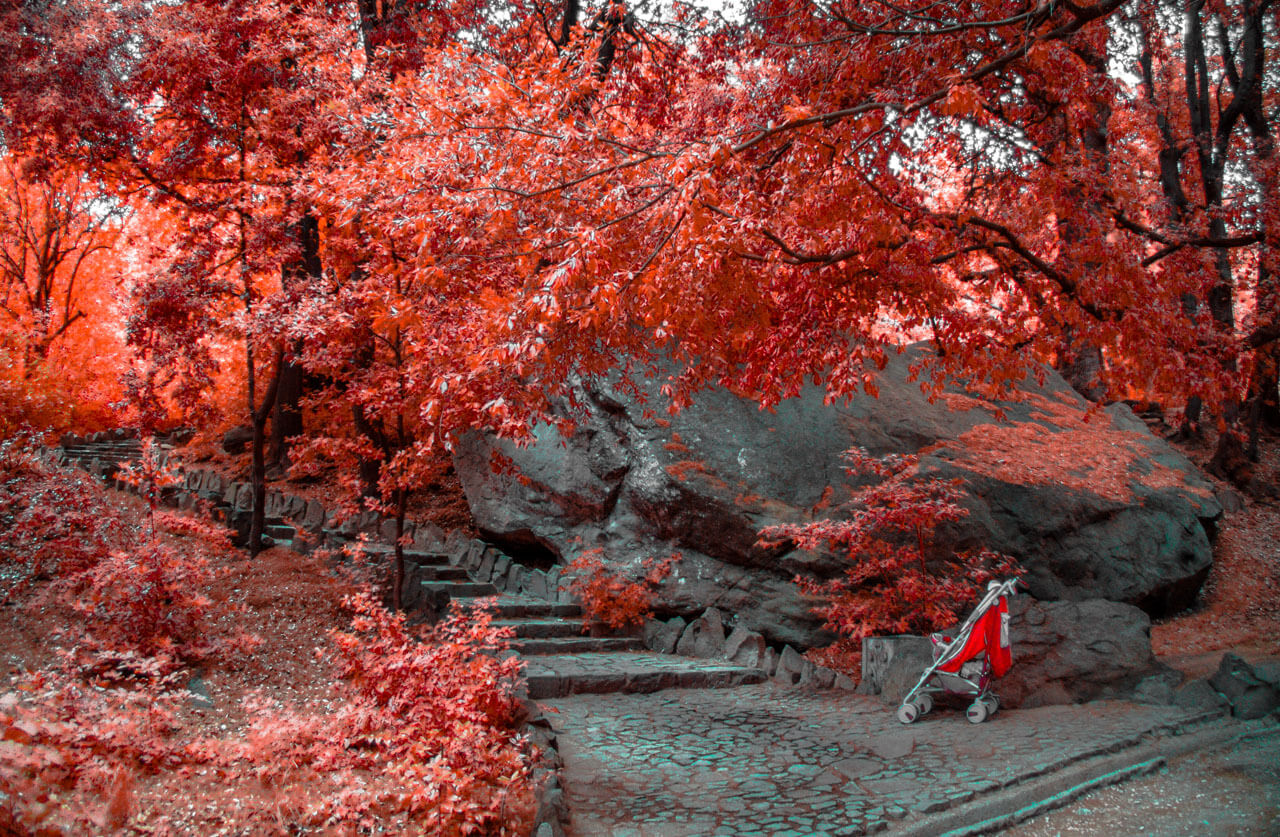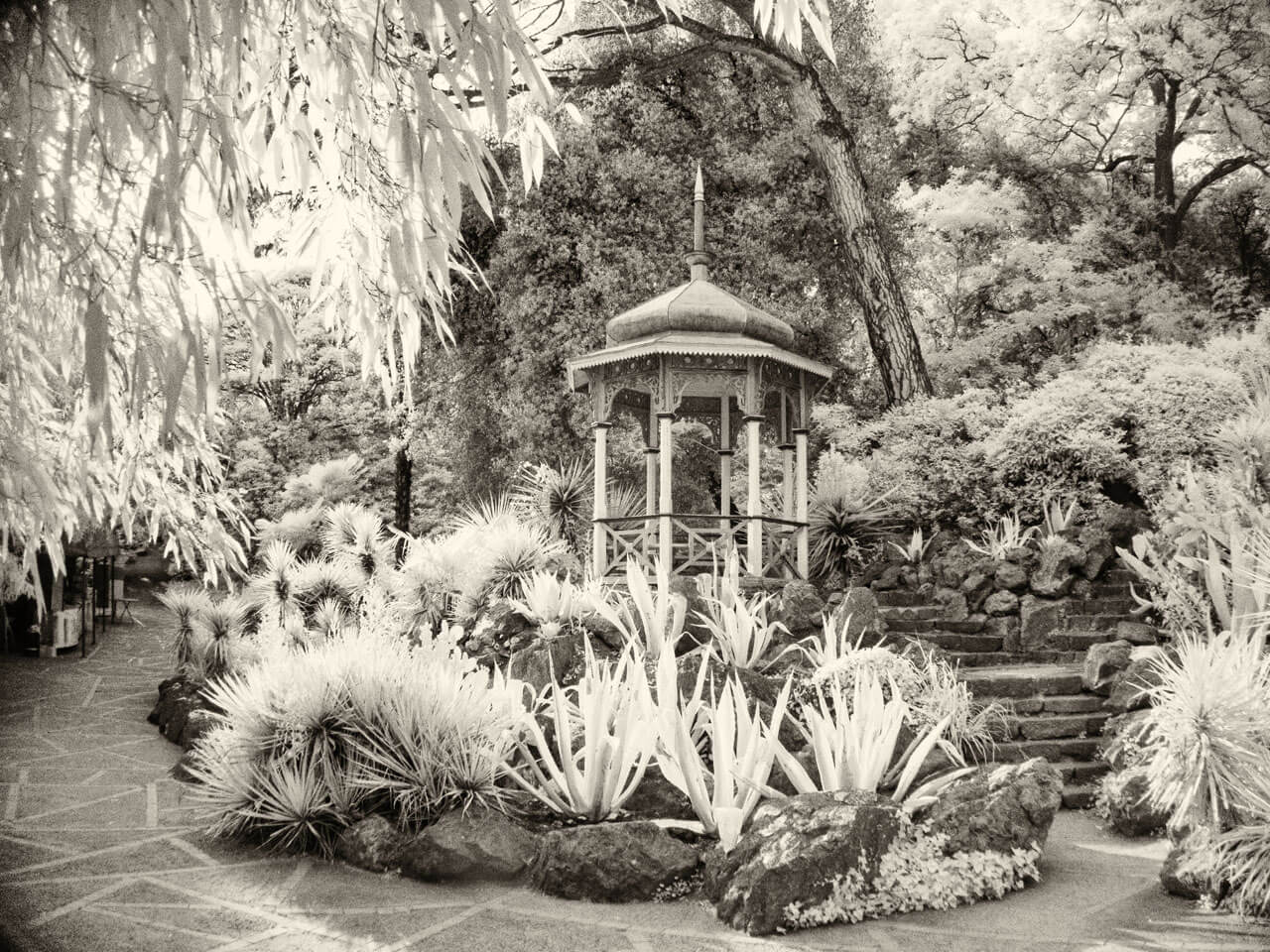Photography Artist Feature: Yuri Pritisk
I was born in 1976 in a city on the banks of the Volga River — the largest river in Europe. I was named after Yuri Gagarin, the first man in space. In honor of my namesake, I wanted to be an astronaut as a child. Everything turned out quite differently, but I do not regret it.
Photography was very popular when I was a kid. Many adults and schoolchildren knew basic camera operations — how to load film, develop, use an enlarger, and print photographs. My father taught me how to use a camera from an early age. From the age of 7, I was free to use a camera. But, these were the most straightforward pictures for memory, without experiments. Although, a few years later, my friends and I assembled a self-made stand for photomontage based on a postal parcel box. This was already more creative and not just a depiction of reality.
My first camera was a very simple Soviet camera — the Smena 8M, listed in the Guinness Book of Records as the most popular camera on the planet. Over 21 million copies have been released. More than 40 years have passed, but this camera is still in working condition.
Until about the age of 18, I was actively photographing. For ten years after that, I rarely photographed, and my interests switched to the field of information technology. I was interested in new and modern technologies, so with the advent of digital photography, I was again drawn to images. By then, new experiences had accumulated, and I became interested in experiments where I could express myself as an artist using analog and digital approaches. I was looking not only for interesting shapes and colors but also introduced meaning, plot, and a certain amount of understatement into the images.
The internet has erased borders and made it possible to communicate with photographers and artists from different countries. We exchanged impressions, experiences, and technologies and devoted a lot to philosophy. For the beginner, only the technical part is most often important and visible. But for an experienced photographer, aesthetics, narration, the content of the work, and the ability to tell something through the image, raise a question, and enter into a dialogue with the audience become more important. After all, photography is an international language. Everyone sees it the same way, even people who speak different languages.
As time went on, I embodied different ideas through photography. I was noticed in international competitions, and they began to invite me to exhibitions and festivals. I have been a finalist and winner in such well-known competitions as HASSELBLAD MASTERS, NIKON, Epson, Hamdan International Photography Award (HIPA), Siena International Photography Awards, Global Peace Photo Award (Alfred Fried Photography Award), PHOTOVISA, Europhotometeo, Felix Schoeller Photo Award, Transversalidades, RHS Photographic, International Filter Photo Contest, and National Geographic.
My resume has more than 120 competitions from many countries — Italy, Japan, Portugal, France, Great Britain, USA, Germany, Austria, Sweden, United Arab Emirates, China, India, Russia, and others.
I’ve been lucky to be gifted gear from well-known lens and filter manufacturers for testing and reviews. It is interesting to master new technologies and use high-quality equipment for creative purposes. In my practice, I combine such areas as psychological portrait and landscape, art and post-photography. I am moving away from single images into the implementation of project photography. I use homemade and professional optical filters and modern technological processes, and I pass on original developments, unique photography techniques, and a special approach to implementation to students.
Since 2011, I have been teaching at the largest online photography school in the world, but after a few years, I realized that there are too many restrictions for free creativity and training aims at mass production with the skills of beginner photographers. I already had enough experience to educate students with higher and professional skills. I had to focus on personal training. I select candidates who perceive criticism well and are aimed at creative search. Those who do not want to produce mass photographs at the level of “I photograph like everyone else” but who want to reveal their individuality, surpass themselves, and raise questions before society through creativity.
A teacher’s job is similar to that of a jeweler or sculptor. You work with a person and educate them like your own child, like a jeweler cuts a diamond or a sculptor cuts off the excess from a marble block, turning it into something tangible and beautiful. Here you need a lot of patience and attention, and you cannot make a mistake. It is essential to give maximum attention, heart and soul, so that another master appears in the field of art, similar only to themself — original, unique, and innovative. Therefore, in addition to shooting techniques, we certainly devote time to philosophy.
My students implement photographic projects — thematic photo series in which they touch on global and private issues of concern to them, broadcast the events and problems of our time, seasoning them with their own point of view based on the artistic component. Projects take the form of printed series, photo books, and participating in competitions, festivals, and photo exhibitions.
Finally, I will clarify that a good photograph is one that does not leave you indifferent, one to which you want to return. Take pictures with interest and pleasure!
Website https://pritisk.com
Youtube channel: https://www.youtube.com/YuriPritisk
Yuri is a winner of our annual “Life in Another Light” Photo Contest.









